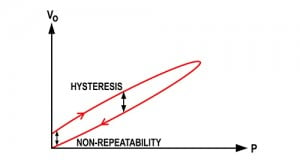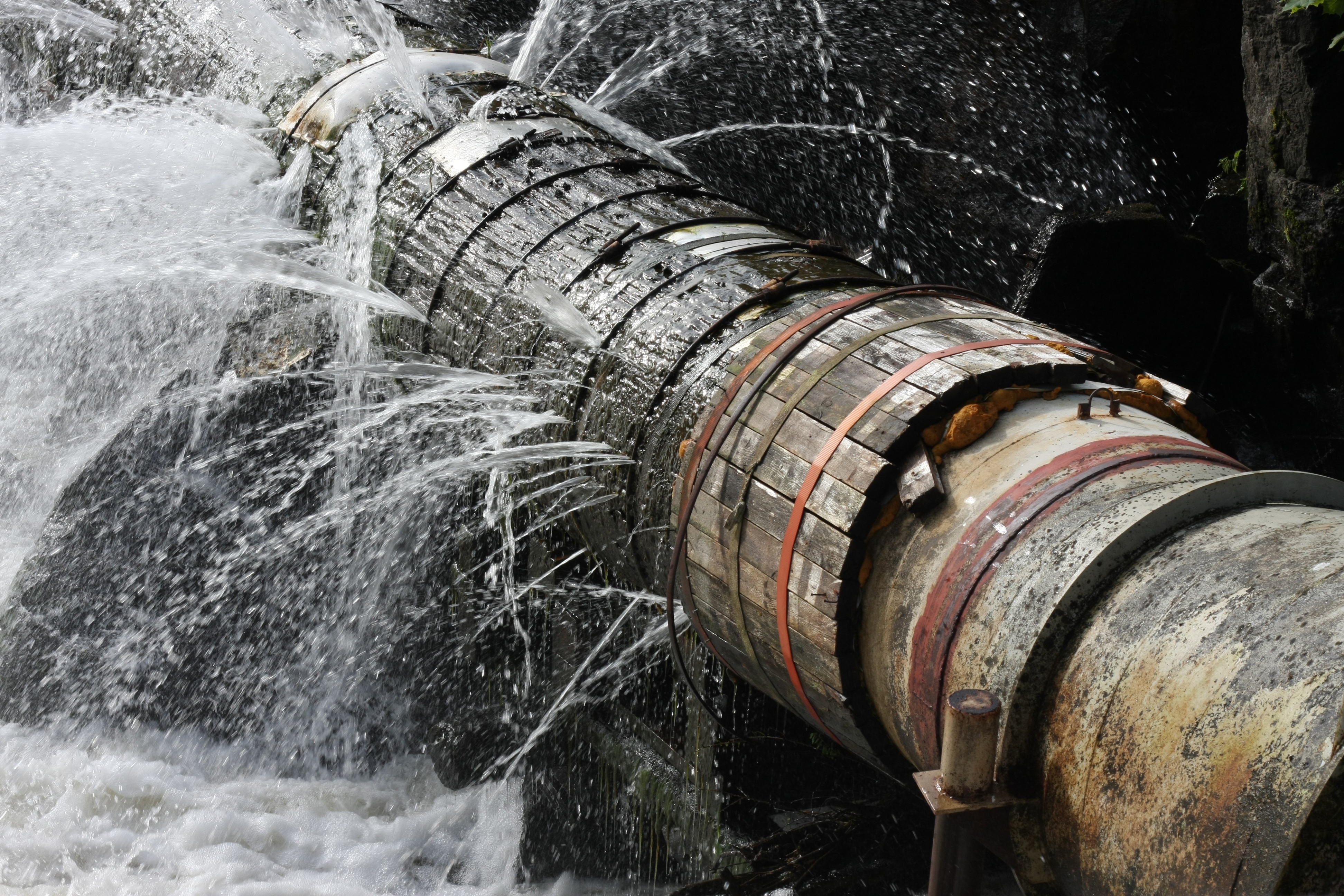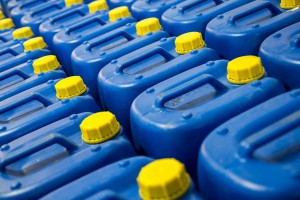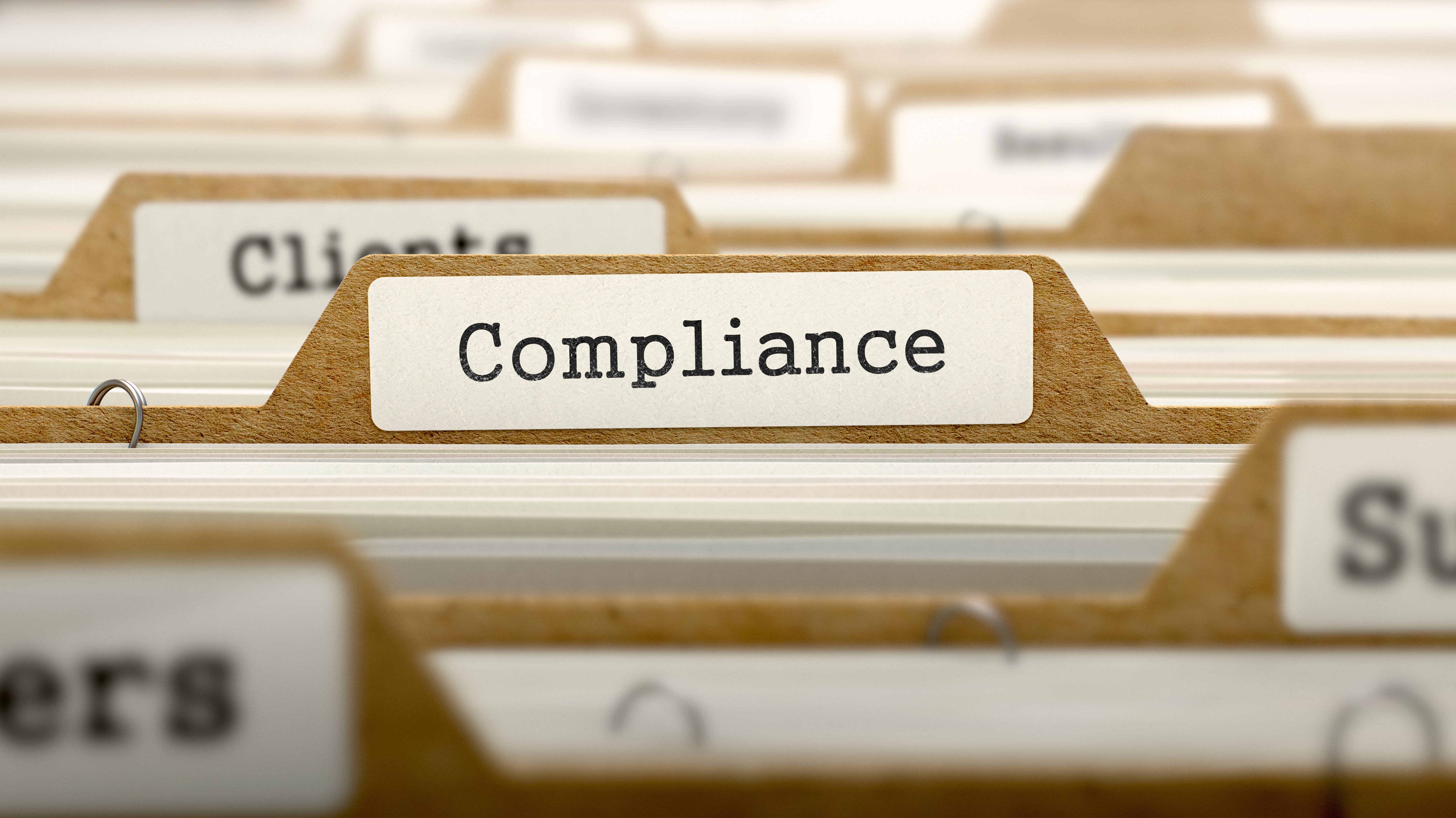From all of us here at Setra, we wish you a very happy New Year! We hope you have a wonderful time ringing in the new year with family and friends!
Setra Blog
Monitoring and controlling room pressure in laboratory and healthcare settings can do more than just ensure directional airflow (positive or negative pressure rooms). Proper room pressure also contributes to saving energy. Overpressure or under-pressure scenarios mean that airflow, or even temperature control, are not optimal.
The accuracy of differential pressure transducers has greatly improved to provide better solutions for demanding applications. This article discusses why accuracy is an important consideration when selecting a pressure transducer for low-differential, critical pressure applications.
From all of us here at Setra, we wish you a very happy holiday! We hope you enjoy the time wtih your family and friends!
Operating Rooms consume a great deal of energy, considering the high airflow requirements needed, bright lighting, and significant plug load from patient care equipment. There are, however, strategies to conserve energy and still meet the stringent safety requirements of maintaining positive room pressure. Two conditions need to be met to enable OR energy savings. The first is a method to trigger occupied and unoccupied states. And the second is to act on that state change to setback both temperature and airflow.
Can’t handle the pressure?
Can you believe that pressure transducers are not always able to handle high pressure? Overpressure, or proof pressure, is a major concern for engineers and OEM designers when assembling machinery and selecting a pressure transducer. Overpressure refers to the maximum pressure value a transducer can withstand without affecting performance; it can also refer to a situation where the pressure value exceeds the limits. Although it is not ideal, pressure transducers can withstand occasional pressures up to their overpressure rating, eventually returning to their natural state. However, pressures that reach burst pressure, the maximum pressure that may be applied to the positive pressure port without physically damaging the internal sensing component, can rupture the diaphragm and cause leakage. Pressures above overpressure but below burst pressure can result in permanent diaphragm deformation, causing an output shift affecting operational performance or accuracy readings.
Below are terms that are associated with use of transducers and electrical equipment in areas which are defined as hazardous by national rating agencies.
Capacitive Transducers
Setra’s capacitive pressure transducers are expertly designed adaptations of a simple, durable and fundamentally stable device...the electrical capacitor. In a typical Setra configuration, a compact housing contains two closely spaced, parallel, electrically isolated metallic surfaces, one of which is essentially a diaphragm capable of slight flexing under pressure.
Newly Added Restricted Products Under RoHS2 Affects Manufacturing
In 2013, RoHS2 was created by the European Union legislation, nearly a decade after the original RoHS (Restriction of Hazardous Substances Directive) was implemented. RoHS2 is merely an evolution of RoHS1 that provides greater clarity on the legal scope of products that should adhere to the hazardous material guidelines. The combination of
Selecting the optimal method to measure liquid tank level is an extremely important decision when starting your project. Making the right choice helps ensure that both vented aboveground and in-ground tanks as well as pressurized tanks work properly. This means that homeowners will receive water for drinking, water will be available to fight fires in remote residential areas, manufacturers will maintain
Subscribe to Our Blog!
Topics
- Critical Environments (182)
- HVAC/R (179)
- General Industrial (153)
- Building Automation (134)
- General Industrial OEM (92)
- Energy Management (85)
- Test and Measurement (66)
- HVAC/R OEM (58)
- Barometric (44)
- Alternative Fuels (42)
- Medical (40)
- Process/Mfg Tank Level (40)
- Water and Wastewater (39)
- OHV (38)
- Oil and Gas (35)
- Industrial Vacuum (29)
- Calibration (25)
- Semiconductor (25)
- Particle Counting (20)
- Cleanroom Monitoring (17)
- Room Pressure Monitoring (16)
- Trade Show (12)
- cleanroom environment (12)
- Scales (11)
- Environmental Monitoring (10)
- Power Monitoring (10)
- Healthcare (9)
- Power Meters (9)
- Software (9)
- cleanroom monitoring systems (9)
- Case Study (8)
- critical environment technologies (8)
- data centers (8)
- Humidity (7)
- particle counter (6)
- pressure transducers (6)
- LITE room pressure monitor (5)
- hardware and software cleanroom monitoring systems (5)
- setra lite (5)
- Compliance (3)
- Video (3)
- hospital spaces (3)
- FAQ & Troubleshooting (2)
- Monitoring Compounding Pharmacies (2)
- Semiconductor Manufacturing (2)
- agencies that monitor pharmacies (2)
- energy (2)
- hvac (2)
- laboratories (2)
- monitor compound pharmacy (2)
- protected environment (2)
- regulatory compliance (2)
- setra lite features (2)
- usp 797 (2)
- Current Sensors and Transducers (1)
- Current Transformers (1)
- Lithium-Ion Battery (1)
- Pressure (1)
- aerospace cleanrooms (1)
- cems (1)
- digital transformation (1)
- ipv6 multicast (1)
- ipv6 multicast address (1)
- ipv6 multicast address range (1)
- isolation room pressure monitoring (1)
- multicast address ipv6 (1)
- multicast ipv6 (1)
- operating room (1)
- pharma 4.0 (1)
- pressure sensor (1)
- pressure transducer companies (1)
- semi conductor (1)
- sensors and transducers (1)
- setra pressure transducers (1)
- submetering (1)
- sustainability (1)
- temperature monitor (1)
- temperature monitoring for pharmacies (1)
- transducers (1)
- usp 800 (1)
- water (1)
- what does hvac stand for (1)
- what is a transducer (1)
- what is hvac (1)














